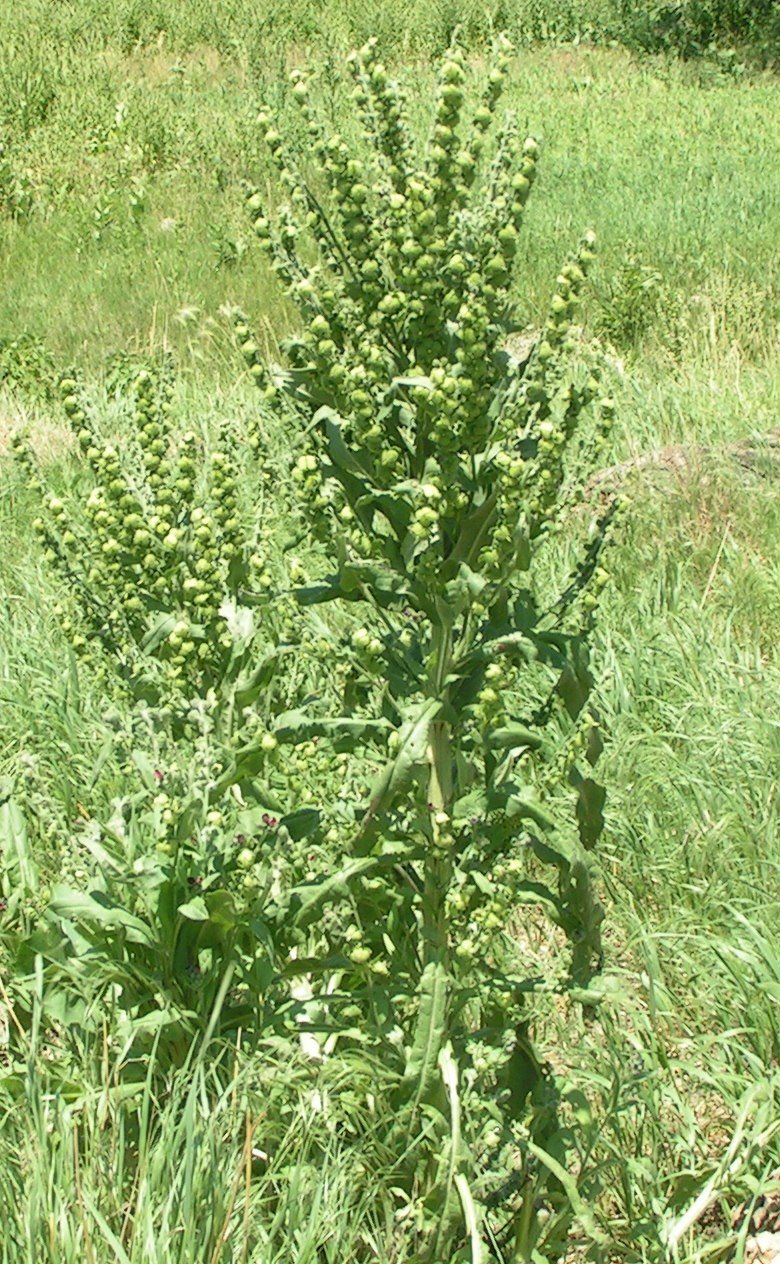Panhandle Invaders
|
|
|

|
Scotch Thistle |
County added noxious weed in Banner, Box Butte, Cheyenne, Dawes, Morrill, Kimball, Scotts Bluff, Sheridan and Sioux counties.
This thistle quickly invades sunny areas that have been disturbed, but is suppressed when invading into a healthy system. Once established, it becomes highly competitive and can crowd out even cheatgrass. Its rapid growth and large size reduce available light for smaller plants, and draw away other needed resources. Long spines intimidate animals into eating easier targets. When a scotch thistle dies, it leaves abundant litter that can smother surrounding plants. The scotch thistle plant averages 70-310 flowers per plant. Add to that a potential of 110-140 seeds per flowering head, and you get a bountiful seed producer. Eighty to ninety percent of the seed can be dormant for approximately 5 years. Seeds may be dispersed by water, wind, animals, and human activities.
More |
|
|
|

|
Houndstongue |
County added noxious weed in Dawes and Sheridian counties.
Houndstongue is a non-native biennial which grows 1 1/2 to 3 feet tall. It forms a rosette the first year. The heavy, tongued shaped leaves alternate up the stem and are about 4 to 12 inches long. The leaves are hairy and rough and feel like a dog's tongue. The flowers are reddish purple and terminal. The seed pods are distinctive 1/3 of an inch across and covered with barbs that enable them to stick to hairs, clothing etc., which is how they spread. It grows in many places such as pastures, on road sides, and also in field an ranges.
More |
|
|
|